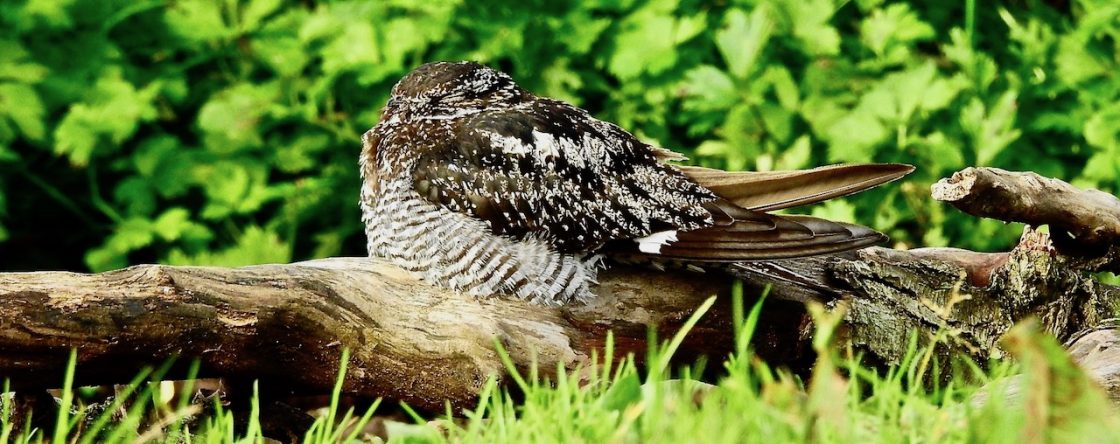

In the grey light just after a particularly damp Aberdeen sunrise, the tightly packed and circling raft of scoters looked daunting offshore from the Murcar Golf Links at 6am this morning, but it was what we’d come to see, so best get down to it…
The Black Dog sands at dawn were the backdrop for the usual assortment of hangovers and painkillers inevitable for a Saturday morning twitch.
I’d picked up Trops, Neill and Pete (thanks fellas, as ever it was a blast) and driven north through a night of never-ending rain to try for the American White Winged Scoter, which has been amongst the Common And Velvet Scoters here for its second summer vacation.
The bird was hanging out with a group of about 20 Velvets within the wider flock, and although it was some way offshore, you could see all the big ski-slope billed, Mr Spock eye-browed splendour of this Yankee well enough with ‘scopes on full zoom (and phasers on stun).
Despite being a big bird – clearly bulkier than Common Scoters and the Velvets too, it had a disconcerting ability to melt away into the scoter horde.
Too far away for me to get a picture – if you don’t believe me look at this, you can just make out the head shape and upturned eye crescent if you squint really hard, but you’ll have to take my word for its white wing flashes, blotchy brown underparts, pale eye and pinkish bill.

Far better to look at the lovely shots by Kris Gibb on Rare Bird Alert’s galleries here and here …there, isn’t that a stonker when you can see it properly??!!?
Tick.
It made a pleasant change to watch sea ducks on relatively flat calm water, with squadrons of Red Breasted Mergs and Eider here too, Gannet, Fulmar, two Arctic Skuas, Kittiwakes, Guillemots and Red Throated Divers.
A short distance up the coast, once we’d waded through the rain saturated dune vegetation of the golf links, we enjoyed views of a male King Eider, hanging out with its commoner congeners before an early a.m. jogger decided the best thing to do was flush everything onto the water.


King Eiders are always a treat, even if this one (presumably the Ythan estuary bird on a jolly south) was a touch on the manky side…
The business end of the day was completed by 9am, before the long haul south through the rain again.
Thanks must go to the golfers at Murcar Links – without doubt the friendliest and most accommodating I think I have ever come across especially as their course has been the stage for a week long twitch at least, and counting…
Lovely folk.
And nice Heath Spotted Orchids too…

What I wouldn’t give for scoters this close at Ainsdale.


























